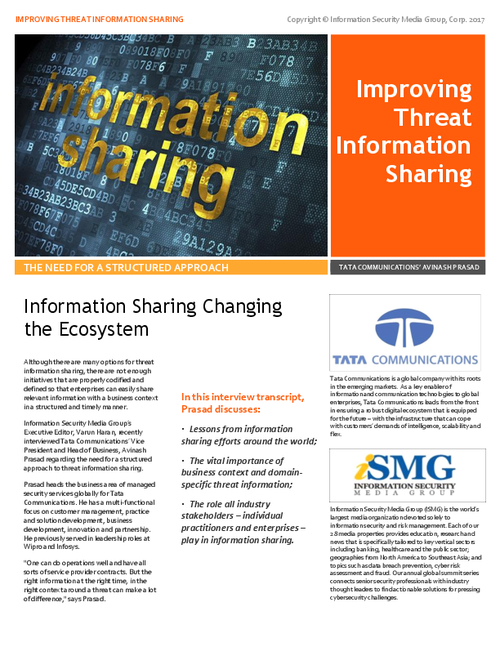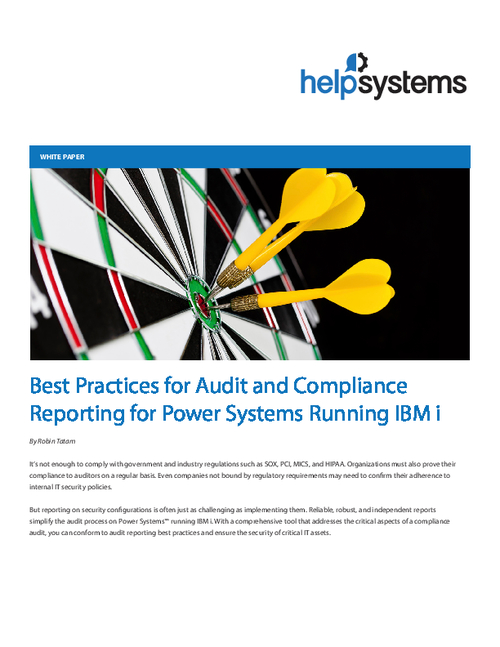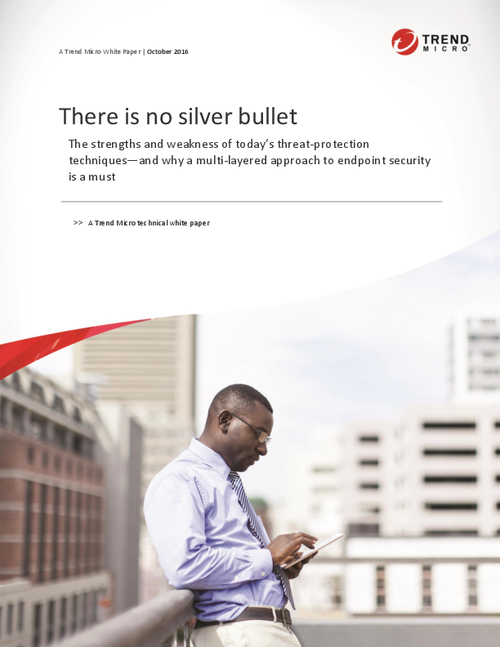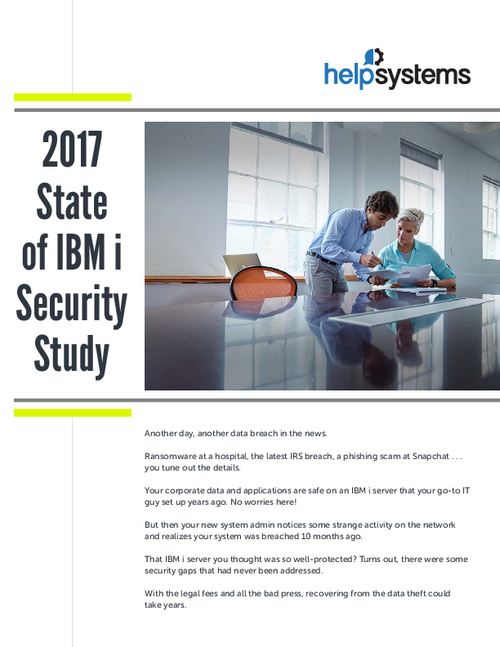Using Email Safely: Tips To Steer Clear of 'Bad' Files
Malicious code is not always hidden in web page scripts or unusual file formats. Attackers may corrupt types of files that you would recognize and typically consider safe, so you should take precautions when opening files from other people.
What types of files can be corrupt?
An attacker may insert malicious code into any file, including common file types that you would normally consider okay to use. These files may include documents created with word processing software, spreadsheets, or image files. After corrupting the file, an attacker may distribute it through email or post it to a web site. Depending on the type of malicious code, you may infect your computer by just opening the file.
When corrupting a file, attackers often use vulnerabilities that they discover in the software. These vulnerabilities may allow the attackers to insert and execute malicious scripts or code, sometimes without detection. Sometimes a vulnerability involves a combination of certain files (such as a particular piece of software running on a particular operating system) or only affects certain versions of a software program.
What problems can malicious files cause?
There are various types of malicious code, including viruses, worms, and Trojan horses . However, the range of consequences varies even within these categories. The malicious code may be designed to perform one or more functions, including interfering with your computer's ability to process information by consuming memory or bandwidth (causing your computer to become significantly slower or even "freeze")
installing, altering, or deleting files on your computer
giving an attacker access to your computer
using your computer to attack other users' computers




















